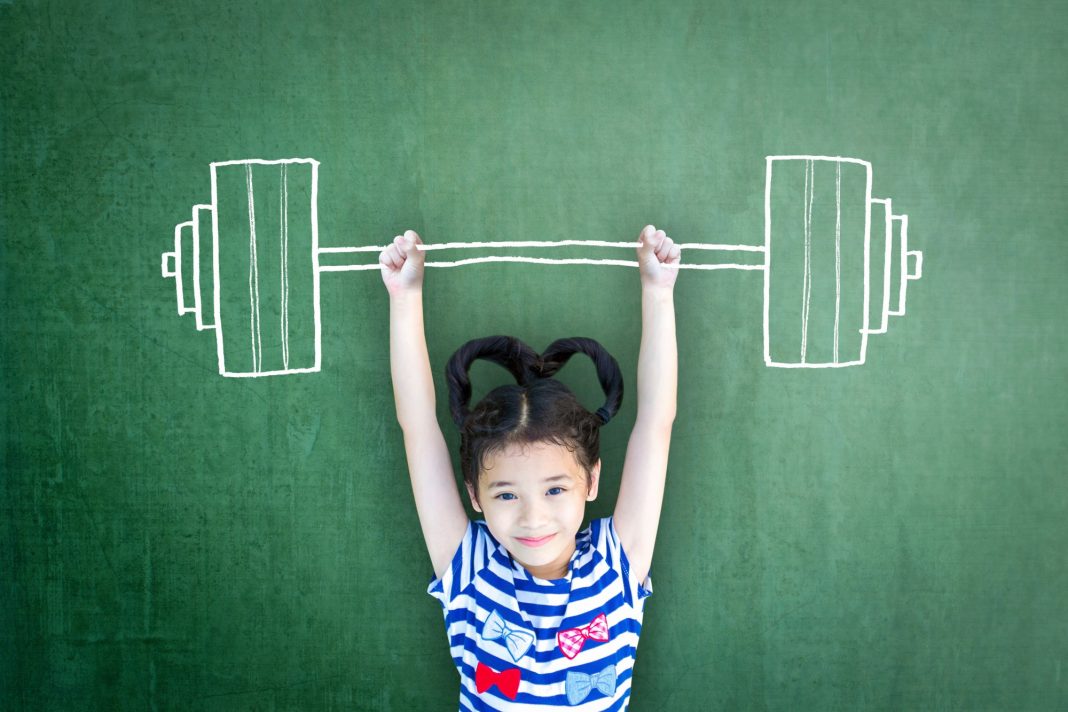It’s well known that regular exercise is important as part of a healthy, balanced lifestyle, but how do we instil these healthy habits into our little ones? 
When it comes to exercise, what’s safe? What’s too much for little bodies? And how can we create lifelong habits that children can carry into adulthood?
In the November-December issue of Retail Pharmacy Assistant e-magazine, we speak with Tim Douge, an exercise physiologist from Studio 99 Fitness Centre in Brisbane, to find out how we can get our ‘little legends’ moving.
What are the benefits of regular physical activity in kids aged five to 12 years?
Physical activity in general for kids aged five to 12 is incredibly important.
While kids are growing, any activity is going to help stimulate the development of all areas of their physiology.
As well as this, physical activity can be a great platform for social interaction with other kids.
How can regular physical activity help kids maintain a healthy weight?
Weight is going to be incredibly variable and individual for kids.
Physical activity will play a role in healthy development, but it should very rarely be used as a tool for weight management in kids.
This has a high risk of promoting a poor body image or a poor relationship with physical activity, which at that age should be something fun and rewarding.
Are there any dangers with too much physical activity in kids?
Kids are incredibly durable.
In saying that, though, we recommend kids take up a variety of activities they enjoy, as opposed to being pushed into one particular area or sport.
This can lead to some overuse injuries but no more so than in adults.
Because kids are already going through so much growth and change, it’s important to keep the physical stimulus around them dynamic.
How can kids incorporate physical activity in their routines safely?
A lot of structures are in place already that support kids being active.
School and community programs are readily available, as well as local parks that are easily accessible.
If a child has difficulty participating due to a physical or another type of barrier, it can be worthwhile chatting to an occupational therapist, physiotherapist or exercise physiologist about what alternatives or options are available.
What is the best type of exercise for kids? And is strength training safe in this five to 12 years age group?
There’s no ‘one size fits all’. The emphasis for kids should be on fun and variety.
While it used to be thought that strength training is harmful, we now know it can be quite safe and encouraged if the child enjoys it.
This is usually recommended after about the age of 12 or 13 when coordination has developed well.
What are the physical activity guidelines for kids aged five to 12?
Kids should be active at a moderate or vigorous level on most days of the week for at least 60 minutes.
Together with this goes the guideline of minimising screen time.
How can parents encourage kids to be more active? What are your top tips for this?
Kids have to have powerful role models. We know that people who are active throughout their lives most likely have had active parents.
Encourage activity for the sake of participating, not winning.
It’s important that kids experience a wide variety of activities, so they know what they enjoy and are then more likely to want to stick to it.
What advice can pharmacy assistants give to their customers around physical activity and kids?
If they get questions about a healthy weight for children, the conversation should shift to health and development.
Normalise that kids come in all shapes and sizes and the benefits of physical activity stretch much further than weight.
Remind parents that activity doesn’t have to be structured like a gym workout, but can be as simple as playing in the park.
For more on exercise recommendations for kids, visit: exerciseright.com.au/kids







